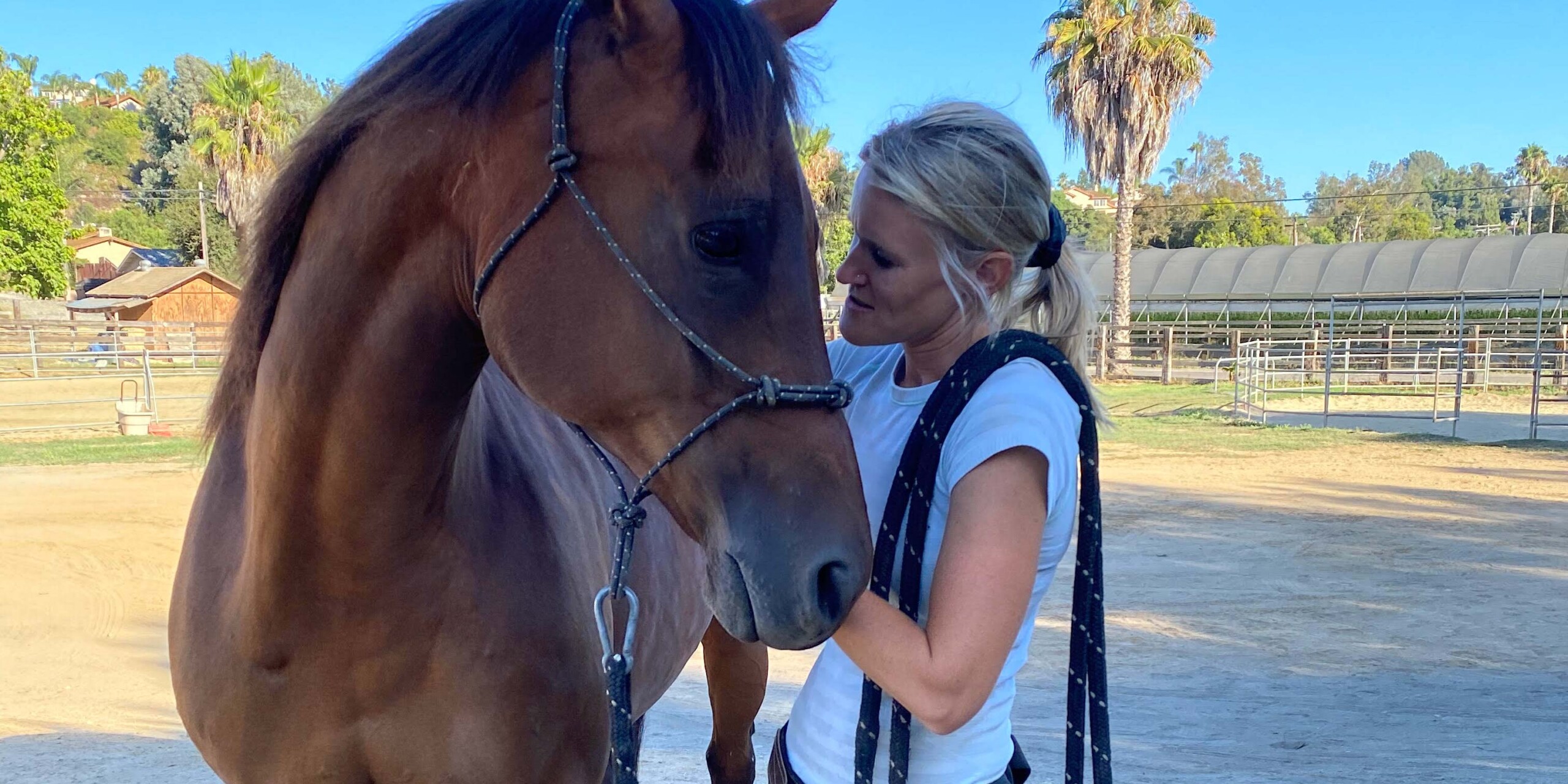As the niche field of animal chiropractic takes off, chiropractors here in California are finding themselves hampered by 25-year-old regulations that require their work to be done under the direct supervision of a veterinarian.
Bek Jarzombek, DC, an animal chiropractor in Southern California, is among the members of an animal chiropractic task force examining the problem and determining the next steps. “In regulation (Section 2038 in the California Code of Regulations), it states if you’re a DC, the animal owner must give permission through the primary care provider, the vet, who has to give a referral.” The code itself states that this applies to a California licensed doctor of chiropractic “working under the direct supervision of a veterinarian.” The vet and the chiropractor must “coordinate complementary treatment,” and when a chiropractor is caring for an animal, “the supervising veterinarian shall be on the premises or in the general vicinity.”
There are a lot of issues surrounding “direct supervision,” Dr. Bek said. Small animals are easier to follow if care is being provided in a brick and mortar building. But if, like Dr. Bek, you work on horses out in the field and run a mobile practice, similar to the way a large animal vet works, you’re all over place.
“Being directly supervised is often not feasible, and is causing limited access to well-trained animal chiropractors,” she said.
As a result, there are chiropractors who have received cease and desist letters for “practicing veterinary medicine without a license” from the state chiropractic board and the vet board. Dr. Bek is among those working on a resolution to the issue.
Recently, the California Chiropractic Association held an initial meeting with several chiropractors to understand better where the complaints are coming from. The individuals initiating the complaints are unknown, but the reason for the complaints seems to be linked to an overall lack of understanding of animal chiropractic. It is intended to complement traditional veterinary care, never replace it. In most cases, the California Veterinary Medical Board has initiated the formal complaint process to the California Board of Chiropractic Examiners (BCE), which is legally obligated to respond. So the doctor may end up receiving letters from both boards. This can also happen to a veterinarian who is accused of “unprofessional conduct” for failing to follow the regulation, so both the DC and DVM licenses are at stake in this matter.
The solution
From Dr. Bek’s perspective, granting direct access to animals for animal chiropractors – which she said states like Colorado and Montana have both done through legislation already – is the solution. This frees up veterinarians so they don’t have to supervise someone who’s been trained and is highly competent, and it allows animal chiropractors, especially those running a mobile operation, to move freely and provide care.
Dr. Bek is careful to differentiate between veterinarians and animal chiropractors as well. “We don’t do what they do,” she said. “If an animal has a laceration or colic, that’s for the vet. So it is important we communicate with each together.” But that doesn’t mean a chiropractor can’t provide needed care, and she says the most likely solution to setting those boundaries properly for good care will be to author a piece of legislation that accommodates both parties and get it passed.
She is seeking resources for such a legislative effort, and believes she sees a path forward with CalChiro.
“They’ve been super supportive,” she said, adding that she has been on the animal chiropractic task force for the last 2 years. There is a group of like-minded chiropractors creating an alliance with CalChiro, and they are starting the process of working with a veterinarian group that supports the changes.
“Legislation is not easy,” Dr. Bek said. “It’s a process, and now COVID-19 has backlogged everything.”
The greatest concern for not moving forward with a regulation update or new legislation is that over time, the opportunity to be included for providing animal chiropractic as a chiropractor in the State of California will dissolve and chiropractors will be 100% excluded. “We have seen this happen with other professions in the animal industry such as acupuncture and dentistry. Physical therapy is currently battling a similar issue and has already been in process with legislative efforts,” Dr. Bek said.
“I cannot stress enough that our efforts to improve animal chiropractic in California is to benefit both the chiropractic and veterinarian professions,” she added. “This is not a war against veterinarians. We know that highly trained animal chiropractors can be an asset to animal care and the veterinarian. So we look forward to paving a positive road forward for everyone.”


